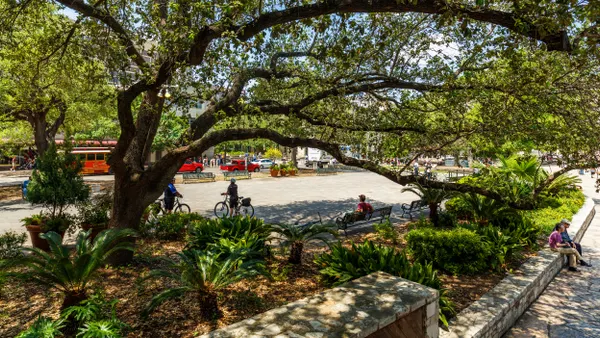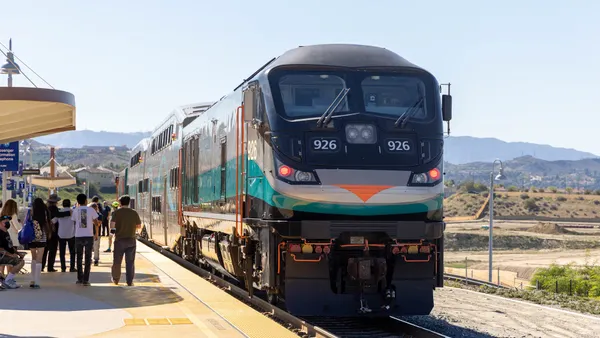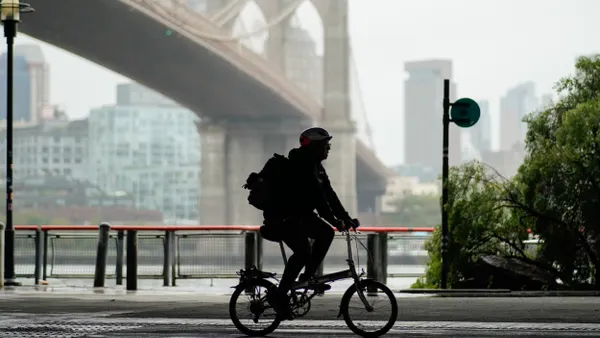UPDATE: New York's Metropolitan Transportation Authority (MTA) Board officially approved a $573 million contract with Cubic Corporation, the parent company of Cubic Transportation Systems, to replace MTA's MetroCard readers with high-tech fare payment systems. According to a press statement, the decision to phase out MetroCard will streamline fare calculation and reduce costs of equipment maintenance.
In the announcement, MTA Chairman Joseph J. Lhota said, "Today's vote is a tremendous win for New Yorkers, paving the way for flexible payment options, a streamlined trip through the region's public transit, and updated equipment ... Together with Cubic, we look forward to building the MTA of tomorrow."
The announcement also addresses folks who do not have access to cell phones or credit cards required for the new system, stating that contactless card options will be made available.
Dive Brief:
- A finance committee for New York's Metropolitan Transportation Authority (MTA) approved on Monday a $573 million contract to upgrade subway turnstiles and buses with technology that would allow riders to pay the transit fare via the wave of a phone or a credit card, according to The New York Times and others.
- The upgrades would occur at 500 turnstiles and on 600 buses starting in late 2018, with a full rollout expected for all stations and buses — including Long Island Rail Road and Metro-North trains — by late 2020.
- The contract with Cubic Transportation Systems will now go in front of the full MTA board on Wednesday for final approval. If the plan is passed and implemented, MetroCards will be officially phased out by 2023.
Dive Insight:
For many, this announcement is a long-awaited decision that follows in the footsteps of London and other advanced cities that use tap-to-pay systems. While the MetroCard was seen as an innovative advancement when it was first introduced to the NYC subway in the early '90s, the card is simply an outdated tool in today's high-tech society. The card-dispensing machines are the source of long lines and crowded platforms, and many MetroCards end up finding homes on city streets after being littered by users.
The price tag on this project is just a drop in the bucket for the mega overhaul currently taking place in the subways. In late June, New York Governor Andrew Cuomo declared a state of emergency for MTA, and signed a $1 billion executive order for improvements — on top of an already-approved $32.5 billion capital program to enhance MTA. This new fare payment system investment is part of that program, however only $519 million was originally allotted, proving subway improvements are likely to cost more than the billions that were already planned. Additionally, by phasing out MetroCard, MTA is eliminating a revenue stream from ad space and from unused fare balances. The unused balances alone totaled nearly $500 million from 2000 to 2010.
Another yet-unaddressed impact of the high-tech upgrade is how it will affect low-income city dwellers who may not own a phone or a credit card to be swiped at the turnstile. While The New York Times reported that stations will maintain MetroCard dispensing machines during the facelift for those particular riders, it is unclear what will happen once the card phaseout is reached in 2023. Without providing an option for these low-income riders, MTA could be doing a major disservice for a percentage of loyal customers.











